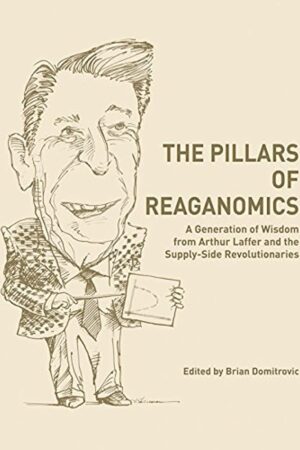Edited by: Brian Domitrovic, Ph.D.
In the 1980s, the major vehicles of federal economic policy—tax and spending, regulatory, and monetary policy—effectively coordinated with each other to implement the supply-side revolution, the result of which was the great economic boom of the 1980s and 1990s. First among those who developed supply-side economics was the economist Arthur B. Laffer. Laffer Associates, the firm that Laffer founded in 1978 and active today has turned out hundreds of papers in the supply-side tradition.
The Pillars of Reaganomics is a collection of the greatest hits of those Laffer Associates papers, from the 1980s through 2005. In the main, these papers have not only been left unconsulted by historians—they have not been made available to the public generally. They represent a comprehensive running commentary on the conception and implementation of the supply-side revolution. Incurring economic growth through low tax rates, good stable money, spare regulation, regulatory restraint, and free trade—the “five pillars of Reaganomics,” as Laffer has called them—is the subject of this commentary.

